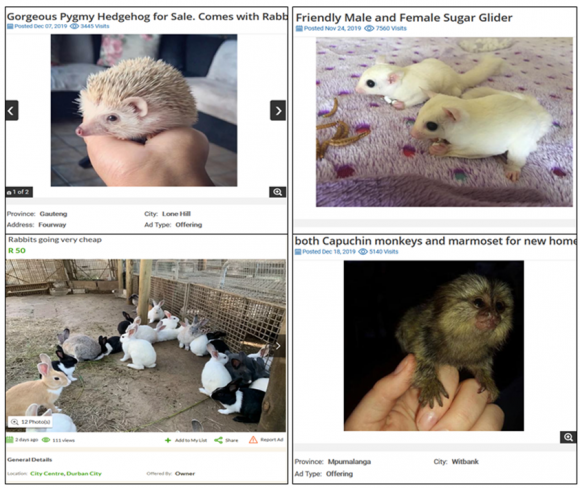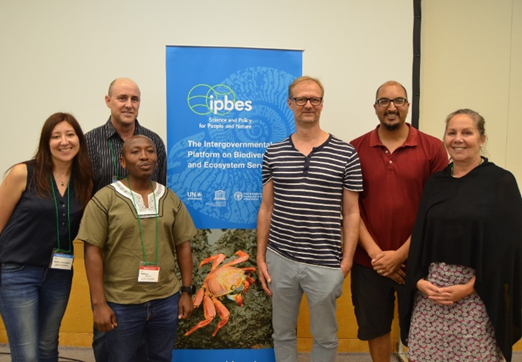11 August 2016 | By Sabrina Kumschick
C·I·B core team member Sabrina Kumschick and C·I·B associate Petr Pyšek, together with collaborators from Europe, developed a concise tool to put a figure on the impacts of alien species.
Alien species have different impacts, and priorities for their management need to be set. Often such decisions are based on the magnitude of impacts, and a tool is therefore needed which allows managers to compare the impacts of different alien species.
The tool developed by Kumschick and co-authors, namely the Generic Impact Scoring System (GISS), considers a variety environmental and socio-economic impact and is based on published evidence of impact.
The GISS consists of 12 categories which include impacts such as competition, hybridisation, predation (environmental impacts), and impacts on agriculture, fisheries and human health (socio-economy impacts). In each category, impact scores from zero (no impact) to five (the highest impact) are possible. It also includes scenarios that describe the impact levels in more detail to assure objective scoring and consistency between different assessors.
| Definition of the impact levels used for the generic impact scoring system (GISS) | |
| Impact level | Impact description |
| 0 | No data available, no impacts known, not detectable or not applicable |
| 1 | Minor impacts, only locally, only on common species, negligible economic loss |
| 2 | Minor impacts, more widespread, also on rarer species, minor economic loss |
| 3 | Medium impacts, large-scale, several species concerned, relevant decline, relevant ecosystem modifications, medium economic loss |
| 4 | Major impact with high damage, major changes in ecosystem functions, decrease of species, major economic loss |
| 5 | Major large-scale impact with high damage and complete destruction, threat to species including local extinctions, high economic costs |
The maximum impact in each category shows what kind of impacts the respective alien species can cause. The sums of impacts between all categories can pinpoint species which have been the most damaging in the past and which should be monitored to prevent further damage.
The GISS also allows for comparison of diverse metrics of impact, like changes to fire regimes, predation on native species, and damage to agriculture and between species and higher taxa.
“The GISS further allows us to pinpoint the “worst” invaders which can improve prevention in areas where they are not yet present” explains Sabrina Kumschick, co-author of the paper published in Environmental Monitoring and Assessment.
The GISS also enables the comparison of impacts between regions, and can be used to link traits with the most damaging species to aid impact prediction.
According to Kumschick “the GISS is broadly applicable and objective, and its use simple and straightforward, which makes it a useful tool not only to study scientific questions, but also for managers of alien species, policy and regulation. We now finally published concise guidelines for its use.”
Read the article in Environmental Monitoring and Assessment
For more information, contact Sabrina Kumschick at sabrinakumschick@sun.ac.za



